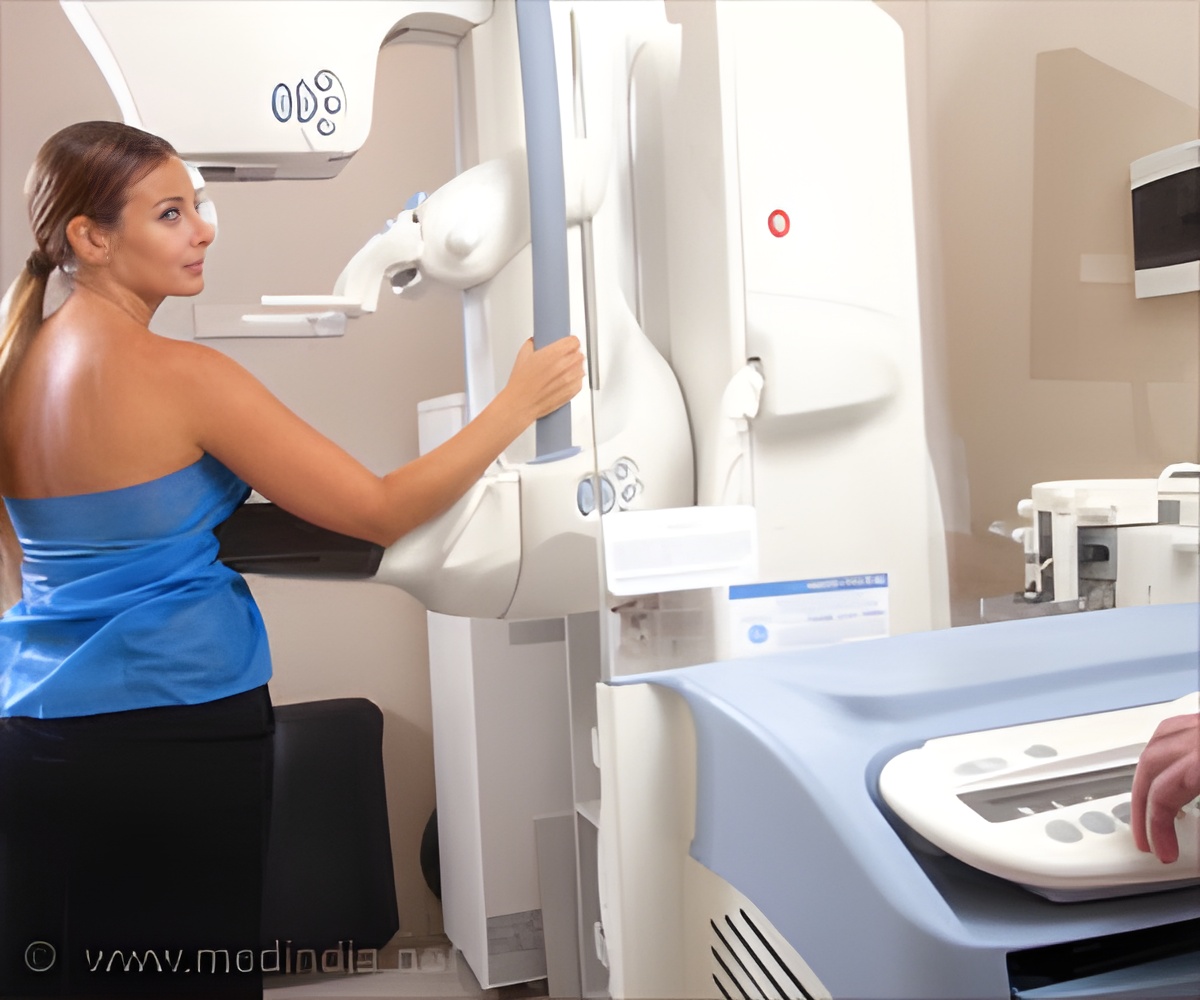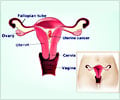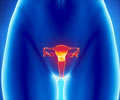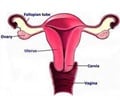Physicians diagnosing endometrial cancer may believe, not unreasonably, that the best thing they can do for those patients is to operate as soon as possible.

‘Ensuring patients are healthy for surgery and have access to specialists should take priority over timing.’





The investigators examined more than 200,000 cases in the United States. Nearly two-thirds of the cases studied (140,078) were considered low-risk cancers. Of those, patients who had surgery in the first or second week after diagnosis had a 14 percent increased risk of death within five years compared to patients who had surgery in week three or four. For women with high-risk cancers (68,360), that number jumped to 20 percent. The risk, the authors suggest, is likely rooted in the delivery of care, rather than the cancer itself. In both risk groups, patients undergoing early surgery were more likely to die within 30 days of their operation. These patients were also more likely to be black, have advanced stage disease, have no insurance or be on Medicaid, and receive care at low-volume hospitals. "We suspect that physicians diagnosing endometrial cancer may believe, not unreasonably, that the best thing they can do for those patients is to operate as soon as possible, because if they wait too long the cancer could progress, resulting in a worse outcome," said senior author David I. Shalowitz, MD, a fellow in Gynecologic Oncology at the Perelman School of Medicine at the University of Pennsylvania. "But, the results of our study suggest that pre-surgical care and referring patients to a gynecologic oncologist may be more important."
This year, over 60,000 women in the United States will be diagnosed with endometrial cancer, or cancer of the lining of the uterus. That number is expected to grow as obesity rates rise, since being obese increases a woman's risk of endometrial cancer, according to the National Cancer Institute. Endometrial cancer generally occurs in post-menopausal women over 50. In many cases, cancer-related symptoms such as abnormal menstruation send women to the doctor, allowing care providers to diagnose the condition early. Overall, the five-year survival rate is 82 percent.
Researchers also observed higher mortality rates in women with low-risk cancers whose surgery took place eight weeks or more after diagnosis. Long wait times have been associated with poorer survival outcomes in breast, rectal and bladder cancers; however, past studies of endometrial cancer have produced mixed findings. Factors such as poor access to care, insurance status, and pre-existing conditions like heart disease, could delay surgeries.
Five-year survival rates worsened as time-to-surgery increased, the study found: from 84.5 percent at eight weeks to 82.1 percent at week 11, to 78.6 percent at week 15, for example. There was no increased risk of death for women with high-risk cancers who had surgery after the third week, suggesting that for these women, the type and extent of disease at diagnosis contributes more to survival outcomes than progression of disease during the wait for surgery, the authors said.
Advertisement
"Knowledge is power," Shalowitz said. "The primary goal is to make sure that there is a mechanism in place so that women who have a cancer diagnosis can see a specialist in the appropriate time period, that they are able to physically get to a high-volume treatment center, and that the process of referral and medical optimization for surgery can be done expediently."
Advertisement















